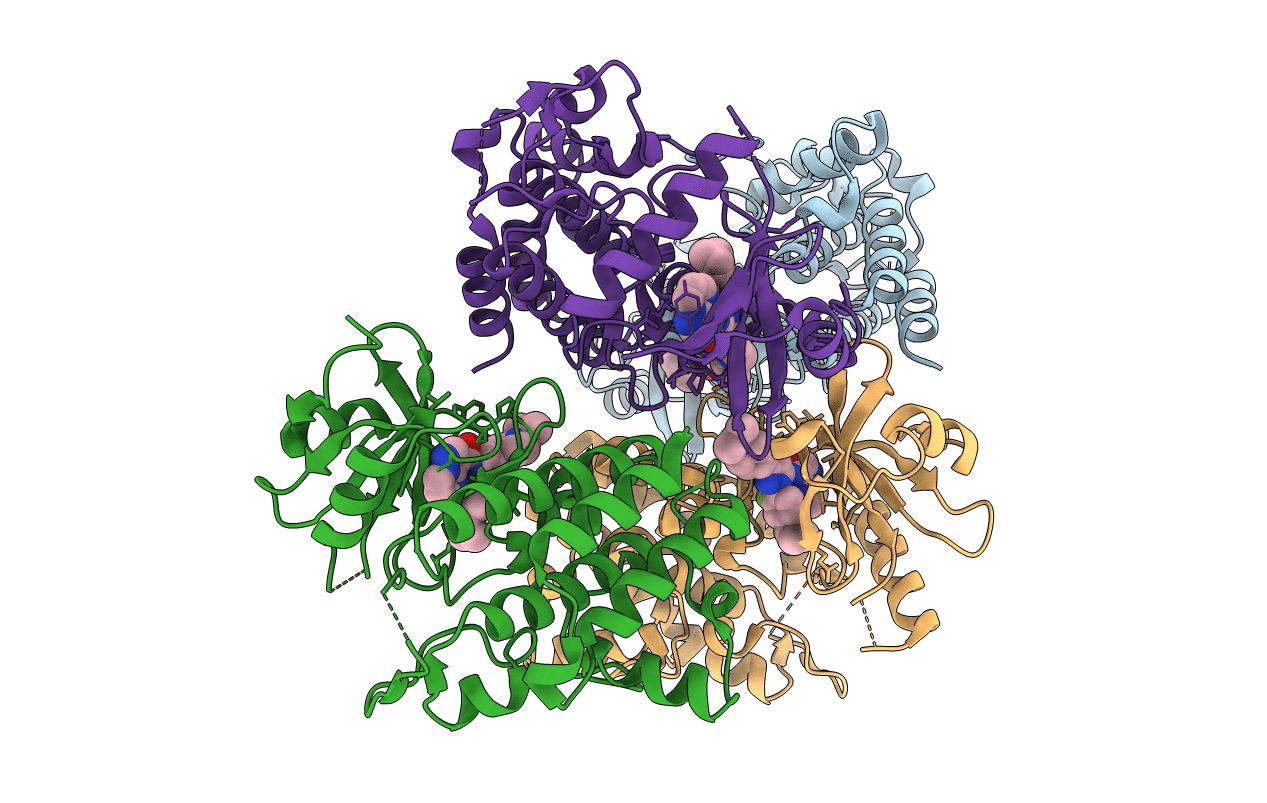
Deposition Date
2015-03-12
Release Date
2015-05-20
Last Version Date
2024-10-09
Method Details:
Experimental Method:
Resolution:
2.64 Å
R-Value Free:
0.21
R-Value Work:
0.19
R-Value Observed:
0.19
Space Group:
C 1 2 1


